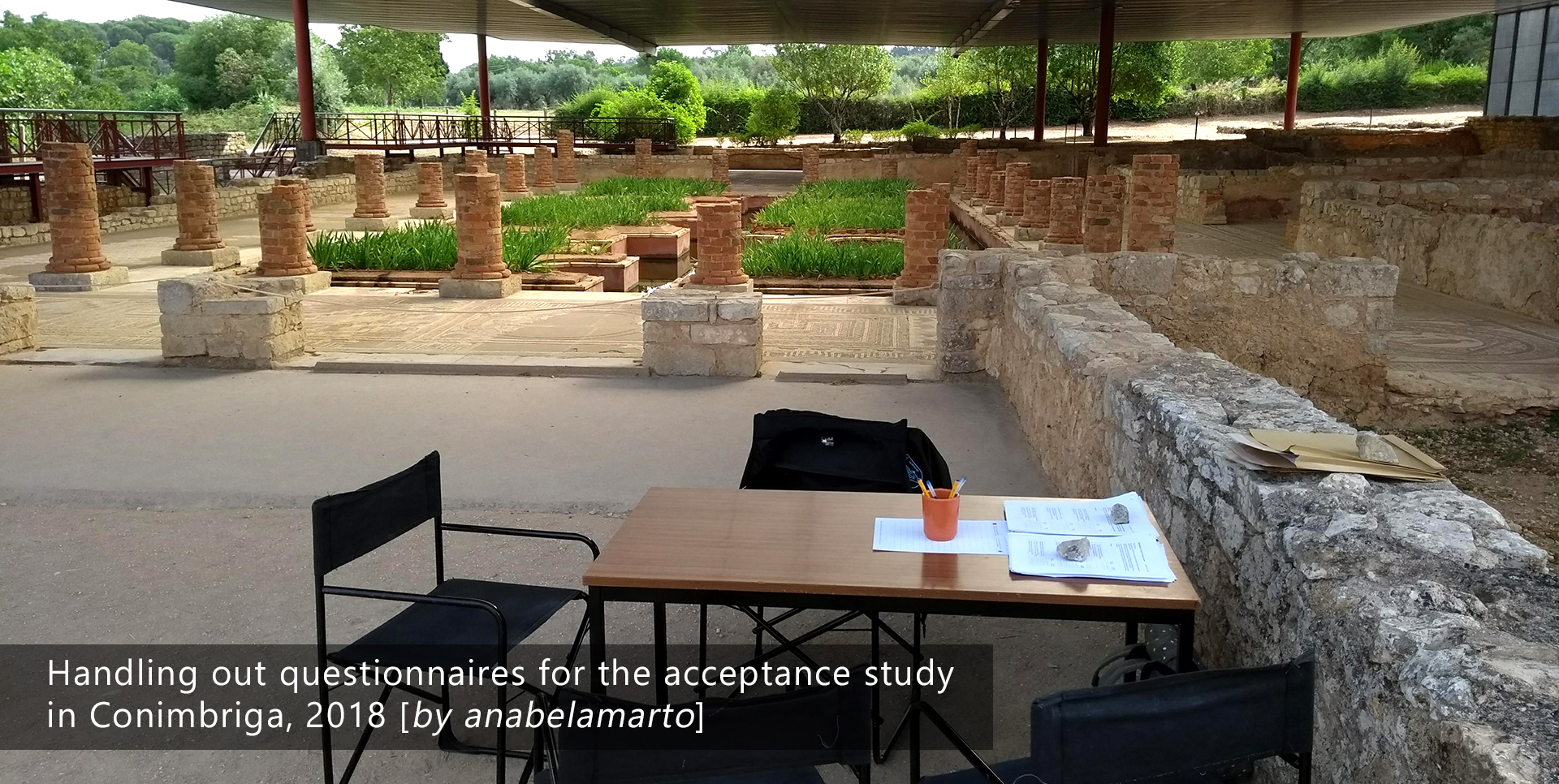Conimbriga, the Abandoned City

Conimbriga is the largest Roman settlement in Portugal and is well worth visiting on any tour of the country’s central and northern regions. It is classified as a National Monument.
With more than 100.000 visitors per year, the Roman ruins of Conimbriga are the most important archaeological site in Portugal.
The origins of Conimbriga date back to the prehistoric times, becoming a Roman rule in the second half of the second century B.C. Having as Emperor Augustus, a considerable urban development was made: a wide honorary wall was created and various facilities were built, such as the aqueduct, the Forum, and public baths.
The Prosperous City
Since the city continued to expand and, during the Flavian dynasty (69-79 d.C.), was given city status to Conimbriga. The following decades were full of wealth and prosperity. However, in the end of the third century, things have changed. The old honorary Wall was transformed into a defensive wall and the urban zone got smaller: instead of the previous 20 hectares to merely 11.

In the last quarter of the fifth century, Suevi took control of Conimbiga, later appended by the Visigoths (585).
The Abandoned City
The singularity of Conimbriga is that, in contrast to what is more common to fin in other big Ancient cities which are still big cities nowadays, Conimbriga faded away in time, vanished from human memories in the early days of middle ages. This housing leaving enabled the conservation and preservation of Conimbriga.
Currently, 3 hectares were excavated and are possible to visit, representing one seventh of the total area that used to be occupied. Recognized as an exceptional situation for still being possible to continuing with the excavations driving to the possibility of uncovering an entire Roman city, an extraordinary source of knowledge regarding to one of the largest empires in history: The Roman Empire.
The New Life of Conimbriga
Conimbriga provides a lot of different activities for visitors. As an example, we find the Baths of the Aqueduct (Termas do Aqueduto) which its ruins is now the stage for various activities, such as the event “A Lenda do Minotauro” (the minotaur legend), a greek dance, performed by Caryatids – Ancien Greek Dance Company, thank to Sara Toscano.

While visiting and being at this place to collect participants for the questionnaires related to the acceptance of technology in archaeological sites, besides the beauty and the peacefulness of this lovely space, I had the chance to observe the dinamism of this archaeological site.
A total of 135 visitors from Conimbriga kindly participated in my study and contributed for a better understanding related to acceptance and intention to use augmented reality in archaeological sites.

Historical Review
The historical content of this article was written, in Portuguese, by the Director of Museu Monográfico de Conimbriga-Museu Nacional, Dr José da Silva Ruivo.
 SensiMAR
SensiMAR